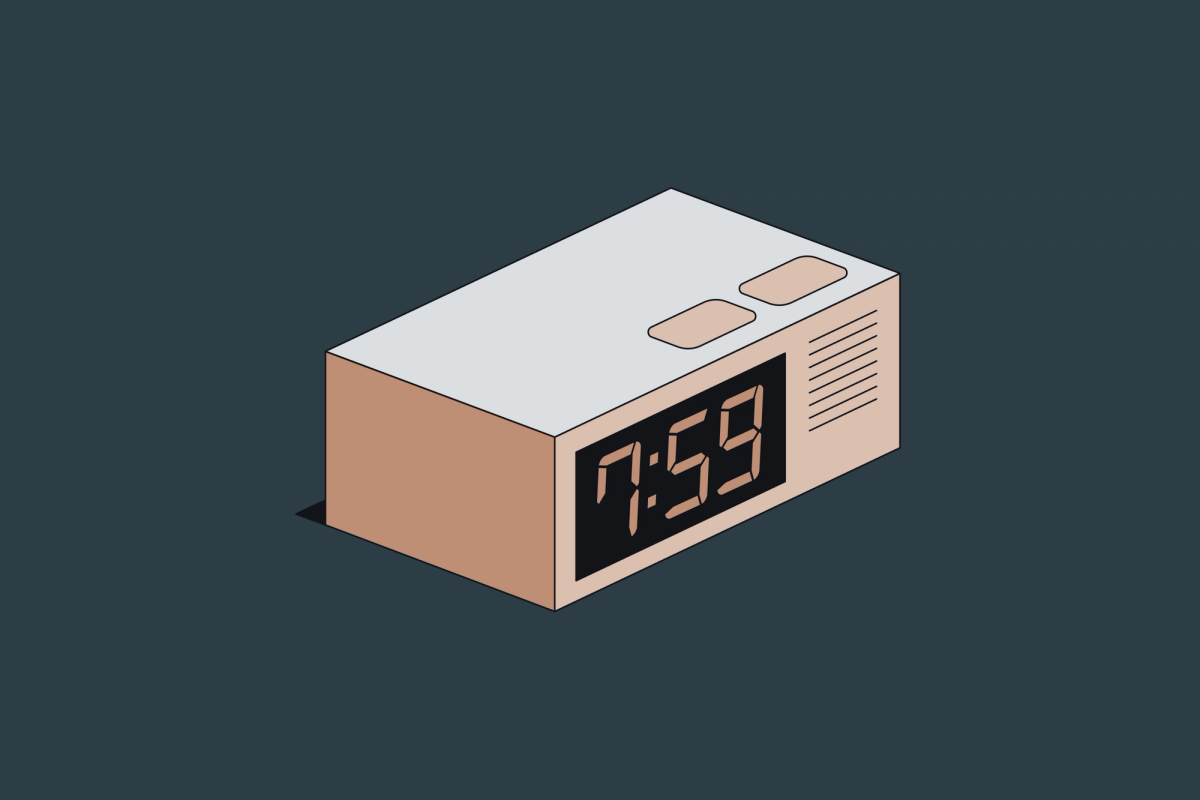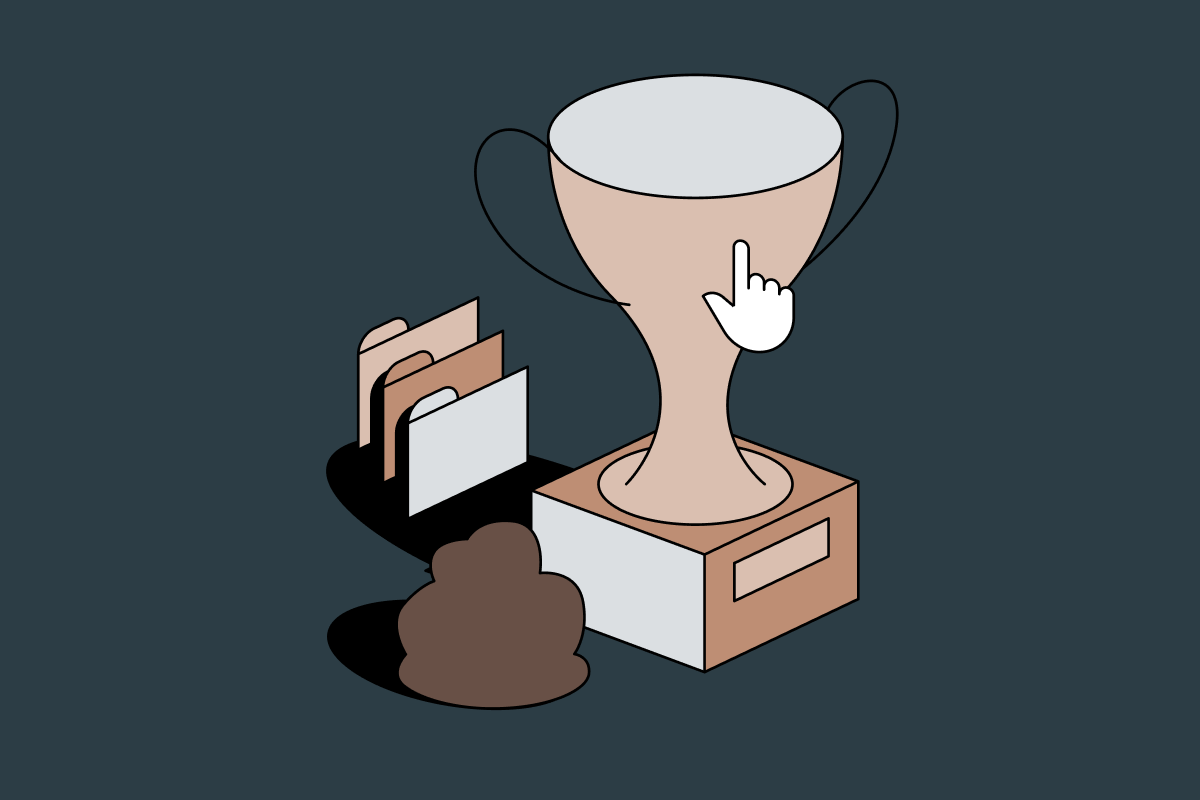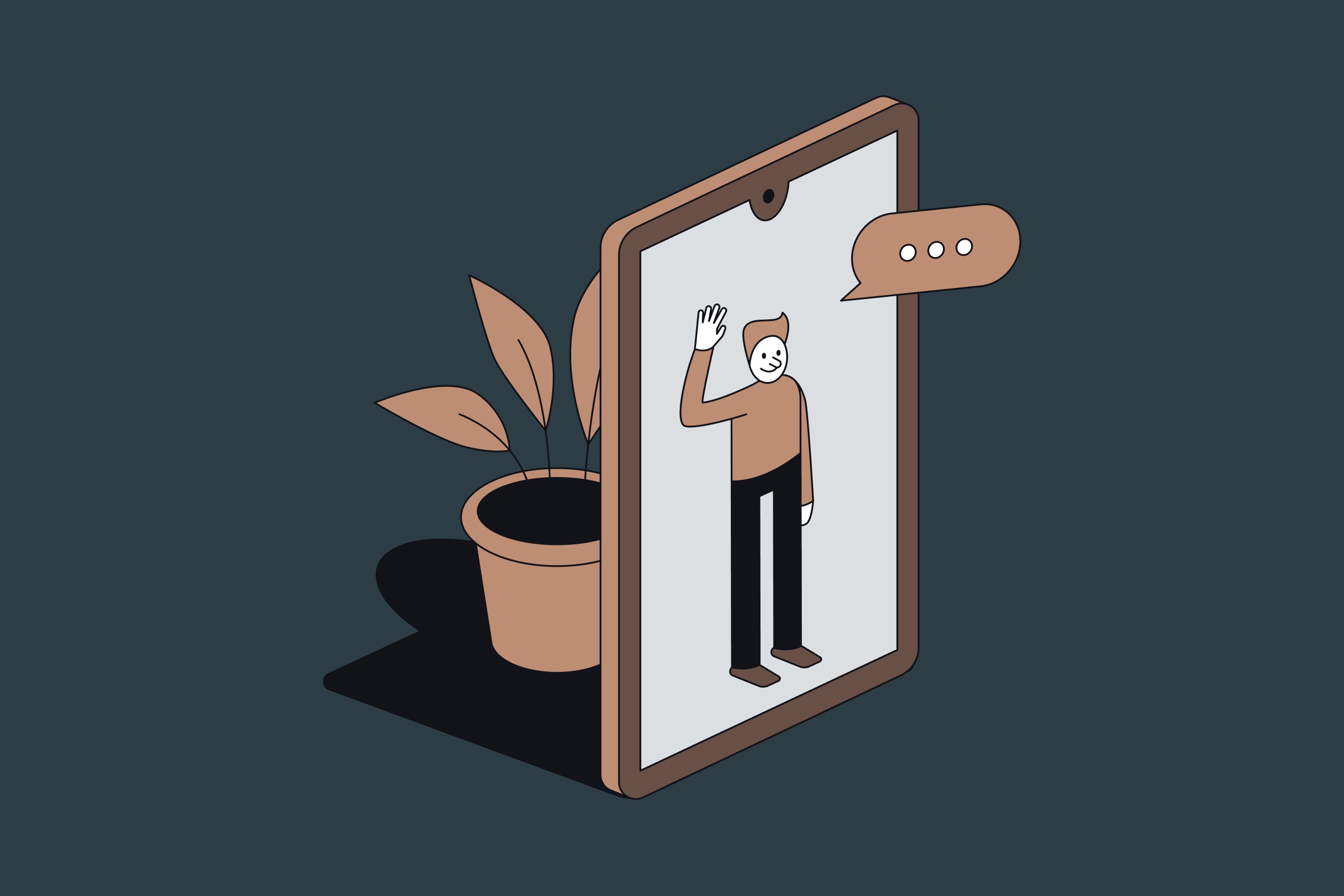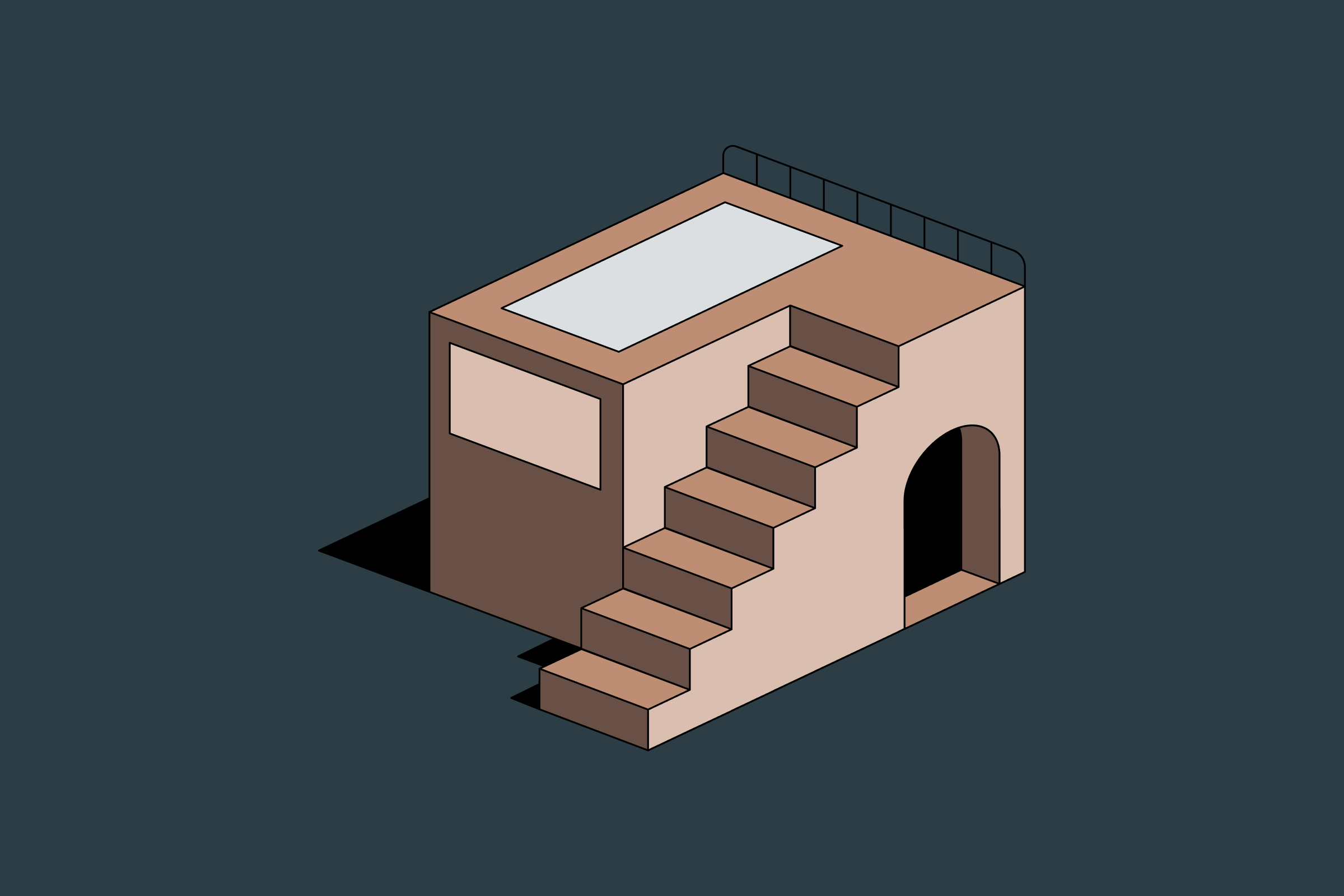Do you feel like no matter what you do, you’re always short on time? Are you looking for a productivity secret to unlock your potential?
Time management isn’t an easy thing. And there certainly are no secrets. It’s a learned process that can help you soar in your career as a designer while looking after yourself at the same time. After being in the industry for 10 years, I’ve learned a thing or two about time management and want to share my learnings with you.
While managing your time may feel limiting, it doesn’t actually interfere with creativity. Time management puts you in control and lets you be a better designer.
Start small
It takes time to change your habits or adopt new ones. So instead of pressuring yourself to completely change your ways overnight, try starting small for the best possible results.
Your overall goal is to create a working system. This requires lots of trial and error until you find ways of working that suit you and your lifestyle.
Imagine you decided to stay on top of everything and use your calendar every day. A lot of people I know and myself included doing that, and it really feels like the only solution to stay organized. As you’re just starting, your natural first reaction would be to add everything to your calendar. This would most likely be overwhelming and stressful, leaving you feeling constrained. Instead, start adding small daily routines. Like the time you’re waking up or having lunch – basic things that you’re doing every day. As this becomes a habit, gradually add more items to your calendar and see how it works for you.
This step requires you to look within. Pay attention to your strengths and weaknesses and understand your workflow. Over time, things will start to fall into place and you’ll be managing your time better than ever before.
Turn off notifications
While modern times may have tricked us into thinking we need to be constantly contactable, there’s nothing wrong with turning off your notifications to get something done. It’s really the opposite, the only way to keep your sanity.
Notifications aren’t only jarring when you’re trying to focus, they can really mess up your mental state. Maybe you’ve received a text with a bit of bad news. Or maybe your stakeholder or client has requested revisions to a project you worked really hard on. All of these things can wait! Every time you ditch your task at hand to reply to a message, scroll social media, or read a news alert, you’re distracting yourself from what’s important. This not only results in poor work but seriously eats into your time.
Even after we've checked the notification, it can take several minutes to get back into the same level of concentration we had before, which can result in lost productivity and frustration.
Completing a task without unwanted notifications is much easier than completing a task with your phone buzzing nonstop. Do yourself a favor and turn off notifications. Consider putting time on your calendar to check your phone/slack/email and only do it a limited number of times a day.
Start your day with a to-do list
To-do lists don't get enough credit. They allow you to plan your day and prioritize tasks from most to least important. They are simple, reliable, and available in any shape or form you like. Some people like post-it notes or notepads, while I personally prefer using the native iOS Notes app and Todoist.
Start each day off with a to-do list and do the stuff you don’t like first. Often, the tasks we don't enjoy doing are the ones that we procrastinate on the most. By tackling them first, we can avoid spending mental energy worrying about them, and we can also avoid the unpleasant feeling of having them hanging over our heads all day. Additionally, by completing the tasks we don't like early on, we can create a sense of momentum and accomplishment that can help us feel more motivated and energized as we move on to the more enjoyable tasks on our list.
Be realistic and only focus on a few high-priority items per day. This not only will free up a bit of your time but will help you stay calm instead of being in a constant state of stress. And make sure you check in with your stakeholders and clients and let them know where you’re at with their projects.
Identify what is important
As designers, we should be careful not to waste too much time on small and unimportant issues. And instead, focus on the big and important problems. Problems where we can have an impact and bring value. It’s helpful to think about and sort design projects into three buckets:
1. Full support with a dedicated UX designer
2. Limited support with review or advice
3. Self-service via a UX style guide and resources with no direct UX support
If you want to make a big impact on your business or customer experience, it's super important to prioritize your efforts from the first group. These projects should take top priority and get all the time and resources they need, even if it means postponing other projects. To really succeed, designers need to be willing to break the rules and put all their focus on these critical projects. Group 1 projects could be things like coming up with a new product concept, giving an existing product a makeover, or adding a big new feature.
As a designer, it's crucial to think strategically about where to spend your time and energy. Take a close look at which projects will make the biggest impact and need the most attention. By really focusing on the most important projects and giving them everything you've got, you can achieve amazing results for your business and customers.
Say ‘no’ to things
It’s not your job to make everyone happy. If you’re someone who constantly finds themselves jumping from task to task in an effort to get back to everyone quickly, this not only will kill your focus but result in poor time management and ability to deliver impactful work. Learn to set boundaries and the art of the word ‘no’.
If you work in a large design team and find yourself getting pulled in multiple directions, try setting design office hours. This will give you dedicated time and space for quick consultations, design reviews, and small design tasks, making your time more predictable and manageable.
Manage your calendar
It's easy to get caught up in a busy lifestyle, but it's important to take care of your mental health and productivity. Try simplifying your schedule and making time for rest. Taking breaks can help you concentrate better, reduce stress, improve your mood, and increase productivity. Don't feel guilty about taking time for yourself!
Avoid double-booking and manage your calendar in a way that suits you. Include time for sleeping, eating, and waking up in your daily schedule to keep yourself on track.
Make sure to set aside protected design time, too. This is a time when you can focus entirely on your projects without any distractions. Turn off notifications and avoid any interruptions, so you can give your full attention to your work.
Take care of yourself
As humans, we only have so much energy each day. How we use that energy can have a big impact on our productivity, well-being, and quality of life. Just like we manage our money, we need to manage our energy to avoid burning out.
Pay attention to how you feel during the day. Are you energized and focused on your work? Or do you feel drained and exhausted? If you notice you're feeling drained, take some time to reflect on what might be causing it. Maybe you can make your work more fun or engaging to increase your energy levels.
It's important to prioritize self-care and not let work consume your life. Do more of what energizes you, eat well, and make sure you get enough sleep. Don't let anyone pressure you into sacrificing your health for work. Remember to add activities and hobbies to your schedule to enjoy life outside of work.
Practical time management for designers
If you’re a designer looking to take back control of your time, try using some of the tips above. Remember to go easy on yourself - change doesn’t happen overnight. Good time management is one of the soft skills you need to advance your UX career.



